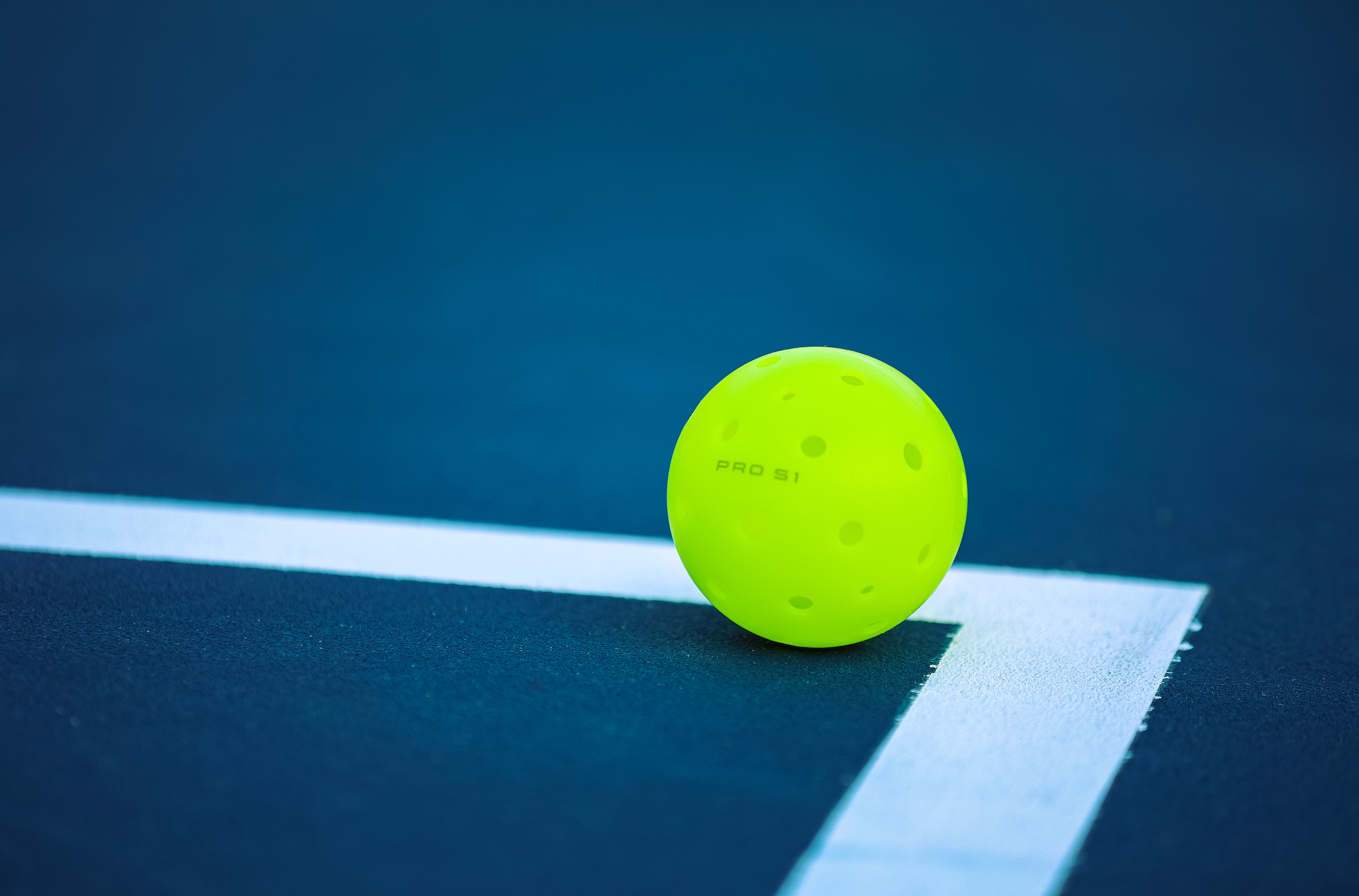
Anyone who has played pickleball for a significant amount of time understands that not all pickleballs are created equal.
While there are differences between indoor and outdoor pickleballs, balls designed for outdoor play have another element to contend with — the temperature.
Because of the nature of the game, pickleballs are subject to normal wear and tear. Both hot and cold temperatures can affect the performance and longevity of pickleballs, presenting unique challenges to players.
Why do pickleballs crack in the cold?
The primary reason pickleballs are prone to cracking in cold weather lies in their composition. Because pickleballs are made of plastic, they are subject to contraction which causes increased brittleness in lower temperatures.
This brittleness makes the balls more susceptible to cracking, particularly during vigorous play. It is important to note that as temperatures drop, the game tends to move faster because the ball is harder.
Playing style also plays a crucial role in how pickleballs respond to cold weather. Aggressive players who hit the ball hard are more likely to experience cracking compared to those who play a softer, more strategic game.
A practical solution to combat this issue is the frequent rotation of pickleballs. Some players have found success in keeping an extra ball in their pocket, warming it with their body heat, and rotating it with the one in play after each game. This strategy helps maintain the quality of play even in chilly weather.
Why do pickleballs turn to mush in the heat?
Conversely, in warmer climates or during the hot summer months, pickleball players face a different challenge. While the balls are less prone to cracking, they tend to go out of round or become mushy in high temperatures.
This is because the plastic softens in the heat, altering the ball's hardness and shape, which in turn affects its bounce and the overall gameplay.
In hot weather, the softening of the plastic results in slower play. This change necessitates an adjustment in playing style, especially for players who rely on powerful smash shots, as these become less effective with softer balls.
To mitigate this effect, some players have adopted the practice of keeping their pickleballs in a portable cooler between matches. This helps maintain the firmness of the balls, ensuring a more consistent play quality even in high temperatures.
Conclusion
Temperature plays a significant role in the performance of pickleball balls. Players must be aware of how both cold and hot weather can affect their equipment.
However, not all pickleballs are equally vulnerable to weather. Selkirk's Pro S1 Pickleball, for instance, is known for its thicker plastic construction, which imparts greater durability in all weather conditions.
Understanding these effects allows players to choose suitable balls for different conditions and adopt strategies to prolong their durability. Whether it's rotating balls in cold weather or using a cooler in the heat, such measures can greatly enhance the pickleball playing experience.







